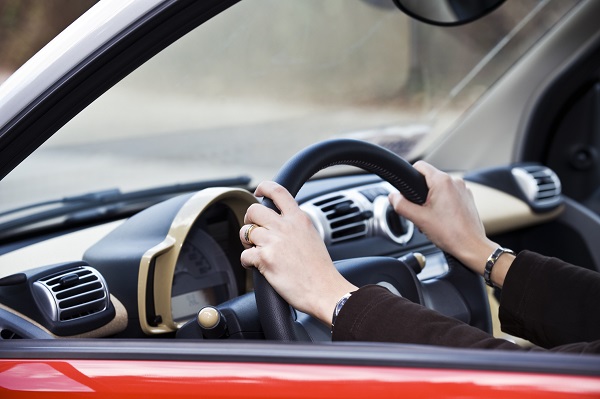
I once considered the car to be an extension of my office. I used a hands-free phone connection to take conference calls, return messages and keep in touch with family and friends while on the road. I used to believe that if hands-free connections were built into cars, they must be safe. I learned something new about the safety of in-car technology when I joined the National Safety Council. When it comes to passenger vehicles, some technology is included for customer appeal and competitive advantage, not necessarily for safety’s sake.
The National Safety Council is a data-driven organization, and research shows that hands-free cell phone use is just as distracting as handheld use. Drivers only see about 50% of their driving environment while they are distracted, and it turns out multitasking is a myth. The human brain can switch between two tasks but not pay attention to both at once. Phones and in-car technology are distracting, period.
Illinois recently made it a moving violation for drivers to use handheld cell phones while driving, even while the car is at a red light. But following the law is just the minimum. We need to follow the research. All cell phone use behind the wheel distracts drivers from their most important task: piloting a heavy hunk of metal down busy highways, neighborhood streets or rural routes.
At NSC, every new employee signs a pledge not to interact with their cell phone while driving – even hands-free. This includes calling, talking, texting, programming GPS, accessing a playlist … any behind-the-wheel interaction with the phone during both work and personal hours. Distracted driving is potentially deadly. As soon as I read the research, I stopped using my phone behind the wheel. I let all calls go to voice mail and return them when I reach my destination. Others might still be tempted to reach for their phone, so turning the phone completely off or putting it out of reach in the back seat might be another strategy to consider. My family is getting used to the fact that I am not always reachable. They now think, “Lorraine must be driving if she’s not answering her phone.” As a passenger, I offer to do tasks for drivers like change the radio station or program the GPS, and I encourage them to “just drive.”
When you stop a bad habit, you make space for a good one. I’m focusing on being a more aware and alert driver. I recently moved to the Chicago suburbs, and finding my way around new roads in heavy traffic requires a lot of attention. I have also rediscovered the pleasure of listening to music while I drive. I thought I was losing productivity, but I gained increased alertness to the hazards of the road and a bit of mental “white space” to unplug from work. However, the best reason of all to refrain from using a phone while driving is to ensure that you and the people you share the roadways with get to their destinations safely every time.

